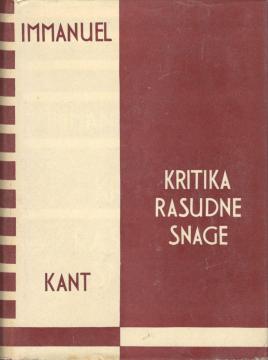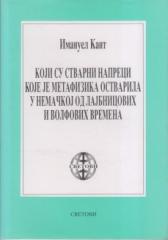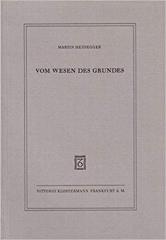
Kritika rasudne snage
Along with the Critique of the Pure Mind and the Critique of the Practical Mind, this third major work of Kant's is one of the cornerstones of his philosophical building, but it also rounds off his entire view of the world.
The prerequisite for understanding the Critique of the Power of Judgment, Kant's fundamental aesthetic treatise, rests in the awareness that aesthetics is not originally the science of the beautiful, as it has been established in the cultural understanding, but is the science of sensory knowledge (αἴσθησις), which, in addition to the beautiful, enables the consideration and other aesthetic categories, which makes it clear why the study is focused on considering the possibility of sensory cognition as a separate philosophical problem. Beautiful is certainly an aesthetic concept and, many will agree, the most important, but aesthetics is by no means and cannot be reduced to the concept of beautiful or equated with it, simply because a beautiful object and its image are not the same ("beautiful is what is liked in to judgment itself", Kant will argue). And the task of aesthetics is to examine the possibility of a judgment of taste that is not aimed at the object but at its idea, which puts a special and new kind of effort before the power of judgment.
One copy is available




